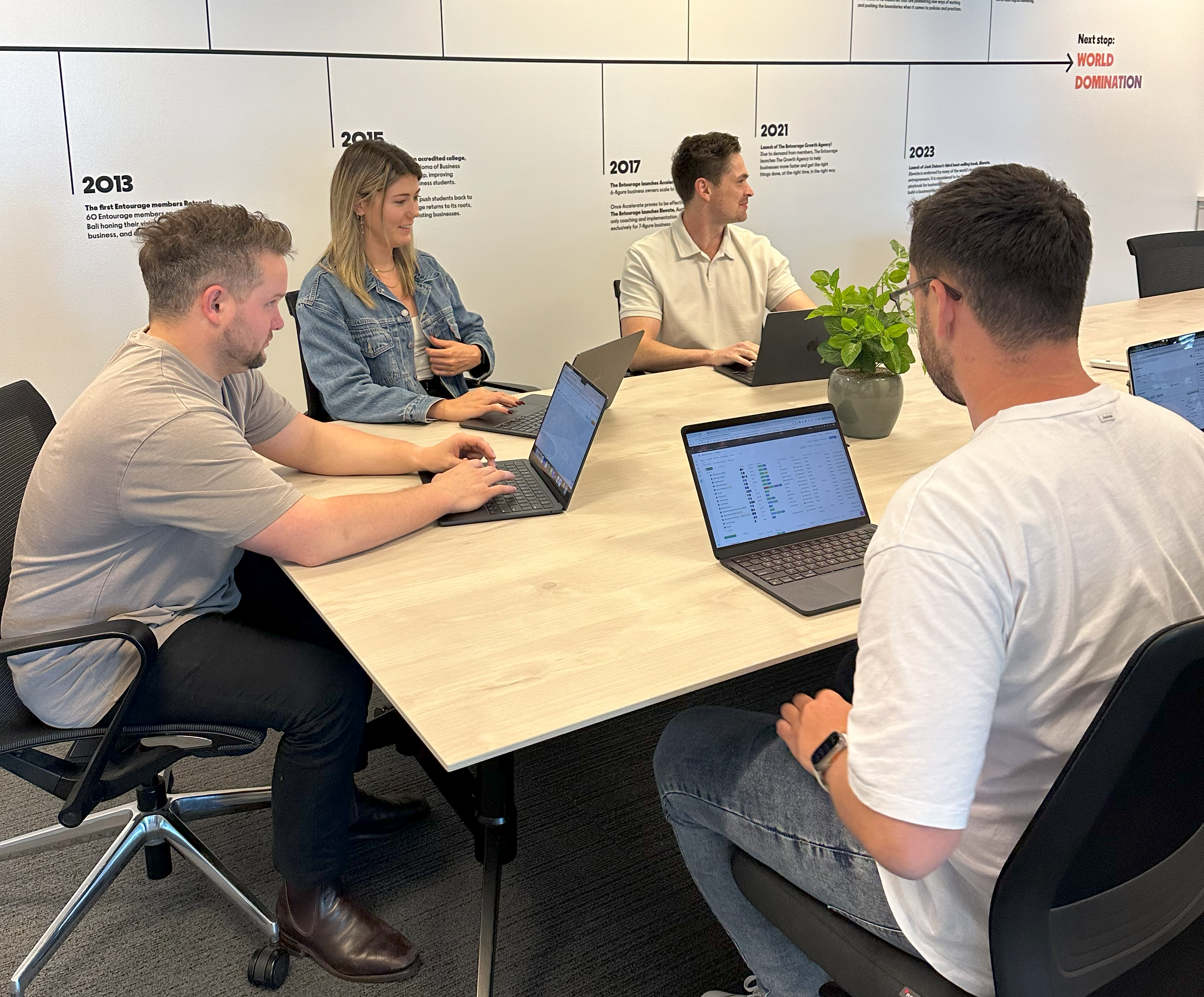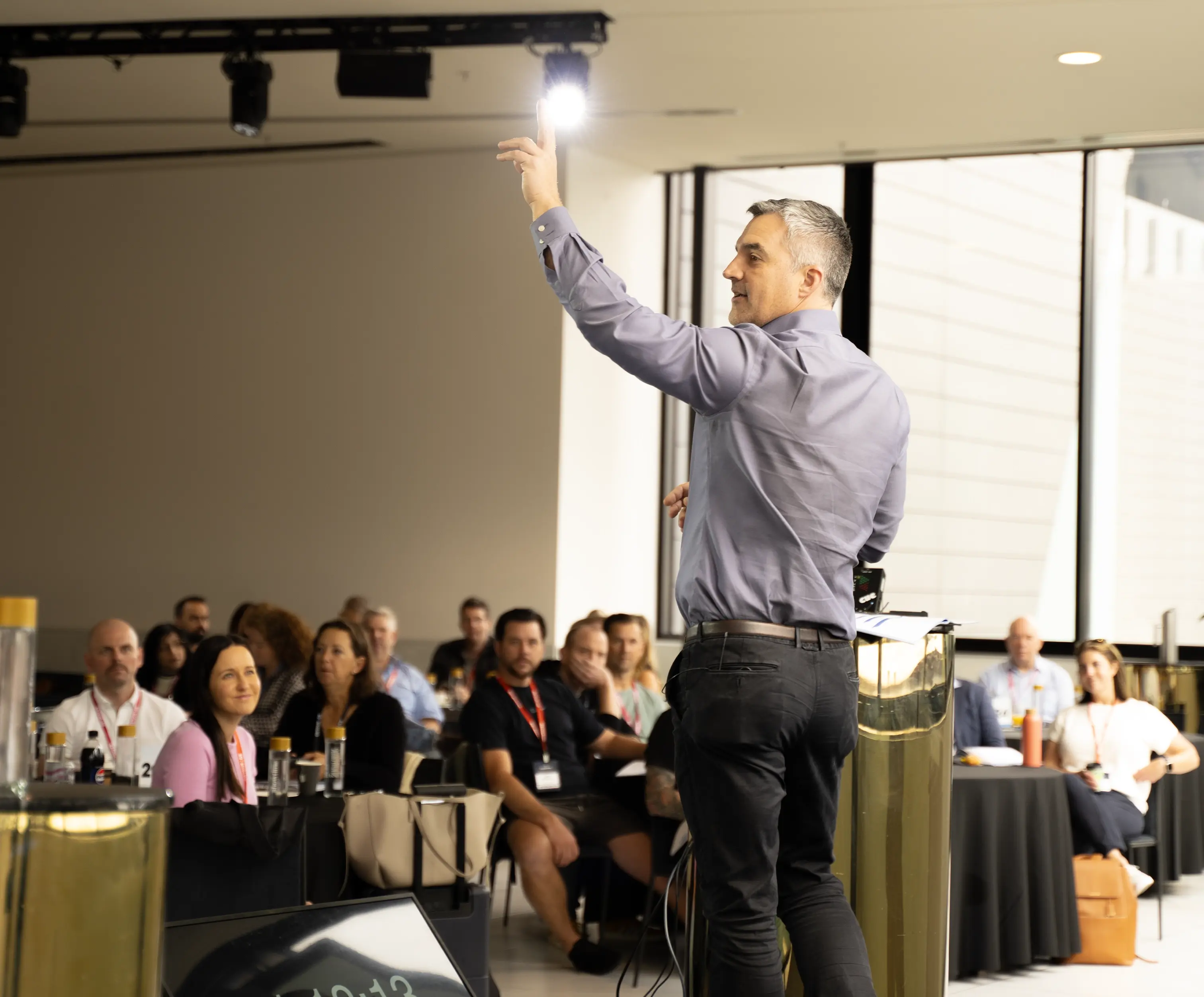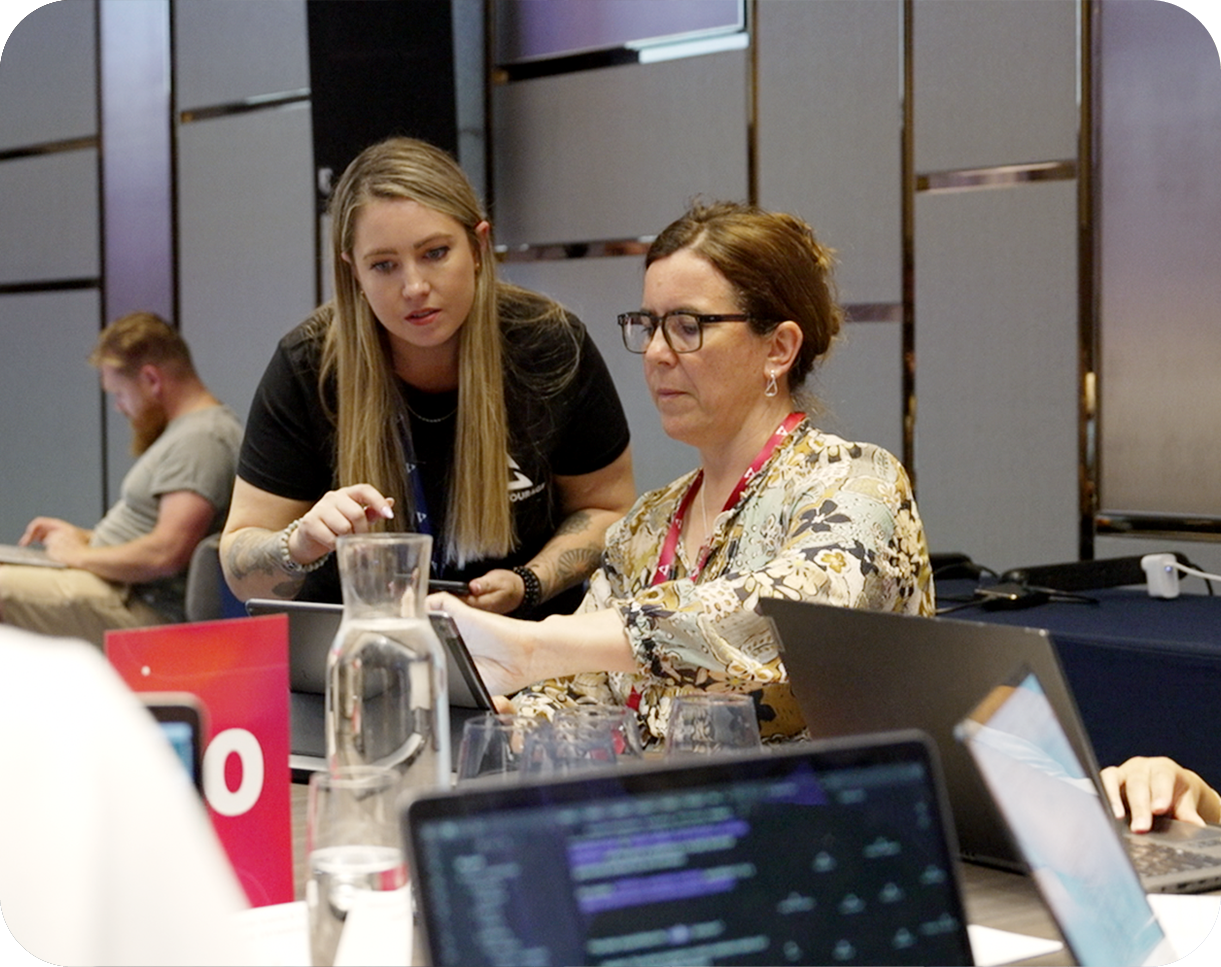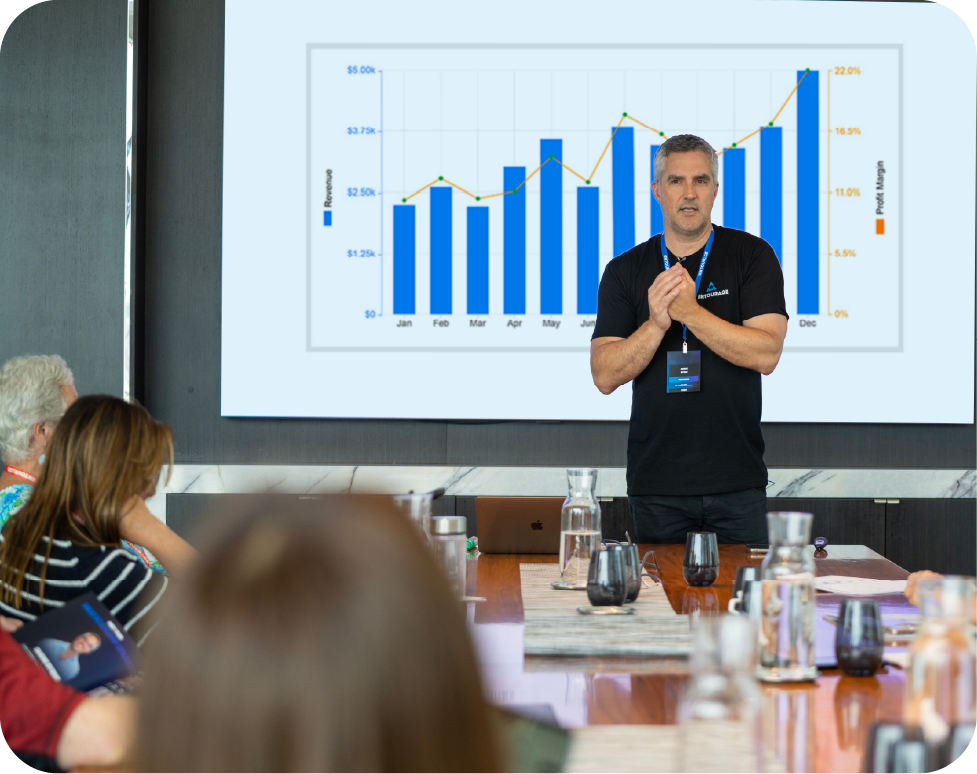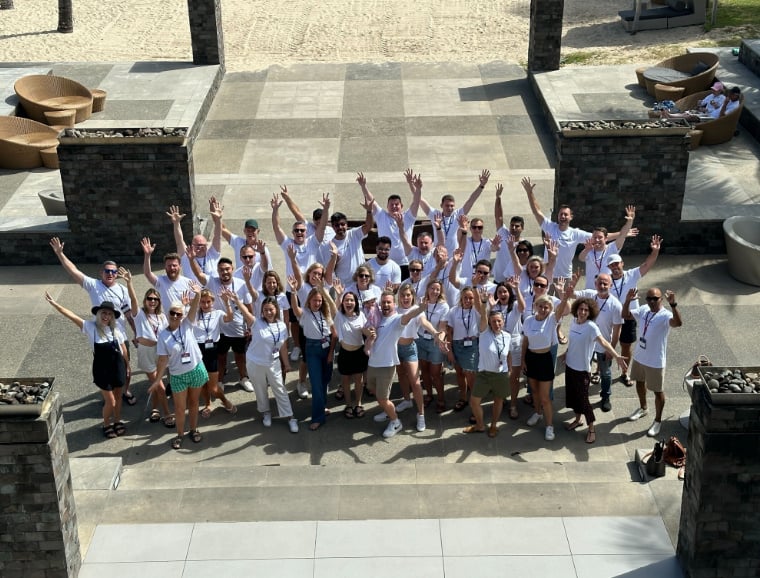Key Takeaways:
- Many businesses post frequently but lack a strategic plan, which limits growth
- Doing everything solo eventually reduces content quality and drains time
- Experienced support can refocus social media around clear goals and engagement
- Sustainable growth is measured in audience quality and consistent interaction

You’ve tried reels. You’ve posted daily. You’ve even memorised “best times to post” graphics that float around Instagram every few months. But somehow, your social media still feels like a one-way street. It’s frustrating. Especially when smaller accounts seem to grow effortlessly while you’re putting in serious hours for crumbs of engagement.
The usual advice blames the algorithm. And sure, that plays a role. But in many cases, the real reason for slow growth isn’t the tech behind the feed. It’s how you’re approaching the work itself.
The Volume Trap: More Posts, Less Strategy
It’s easy to fall into the habit of over-posting. When growth stalls, the instinct is to post more often, thinking frequency alone will solve the problem. But without a clear strategy, all that content starts to blur together—for your audience and for you.
Posting daily can feel productive, but if there’s no underlying plan, it becomes busywork. The message gets diluted. Engagement drops because the content doesn’t lead anywhere. And once that cycle sets in, even your best posts start to feel like they’re floating in a vacuum.
It’s not about posting more. It’s about posting with purpose. That means understanding who you’re speaking to, what they care about, and how your content fits into a broader conversation. If you’re just filling space on the feed, the algorithm isn’t the issue. The direction is.
When DIY Starts Holding You Back
Running your own social media is usually the most practical option. You know your brand voice. You’re close to your audience. You’ve got a handle on what feels right. But as your business grows, so do the demands—and content becomes just another thing on an already full plate.
You’re toggling between design tools, copy, scheduling, analytics, and DMs. It’s a lot. And when it starts cutting into time you’d rather spend on actual client work or product development, it shows. Posts go up later than planned. Ideas feel rushed. The energy behind your content changes.
At a certain point, many business owners end up getting help with social media without making a formal decision to do so. It starts with asking a friend to proof a caption or outsourcing a few posts. Then, as the process gets heavier, it becomes clearer that support isn’t just helpful—it’s necessary to move forward.
How Strategy Changes When a Pro Steps In
Bringing someone else into your social media process changes more than just the workload. It shifts the entire focus. Instead of thinking post-by-post, you start looking at the big picture. What’s the goal this month? Who are we speaking to? Are we building trust, generating leads, or strengthening the brand?
With experienced support, the planning becomes more precise. They don’t just create nice graphics or clever captions—they build sequences that move people from curious to interested to ready. You’re no longer guessing what works. You’re tracking it. And because they’re not in your head all day, they spot the gaps you can’t see.
There’s also consistency. It's not just about how often you show up, but also about how your brand sounds and what it prioritises. That consistency builds familiarity, which is what turns a passive viewer into someone who clicks, messages, or books.
Why It’s Not Always the Algorithm’s Fault
It’s tempting to blame the algorithm when posts underperform. Everyone does it. But often, the algorithm is just reflecting what’s already happening in your content. If engagement is down, it might be because your audience isn’t seeing what they expected—or what they need.
Algorithms reward content that gets people to pause, respond, and come back. That doesn’t mean you need to be viral. It means you need to be relevant. If your audience doesn’t feel like your posts are for them, no amount of hashtags or timing tweaks will shift the needle.
Sometimes the issue is clarity. Sometimes it’s repetition. Sometimes it’s just not evolving with what your audience cares about right now. The algorithm isn’t working against you. It’s working with the signals it gets. Adjust those, and reach usually follows.
What Growth Looks Like When It’s Working
When your social media starts gaining real traction, it often doesn’t feel dramatic. It’s not a single post blowing up or a sudden spike in likes. More often, it’s subtle: someone mentions a post in a DM. A client says they saw something you shared. Replies to your Stories become more regular.
You’ll notice your audience is engaging more intentionally. People stick around longer. They comment with context instead of emojis. They move from passive scrolling to active interest. That’s the kind of growth that matters—measured not just in numbers, but in relevance and connection.
It’s also the kind that frees you up. You spend less time scrambling to fill the feed and more time refining your message. You know what your audience responds to. You’ve got systems in place. And you’re not relying on luck or trends to stay visible. You’re building something sustainable.
Related Categories
Ryan Terrey
As Director of Marketing at The Entourage, Ryan Terrey is primarily focused on driving growth for companies through lead generation strategies. With a strong background in SEO/SEM, PPC and CRO from working in Sympli and InfoTrack, Ryan not only helps The Entourage brand grow and reach our target audience through campaigns that are creative, insightful and analytically driven, but also that of our 6, 7 and 8 figure members' audiences too.

